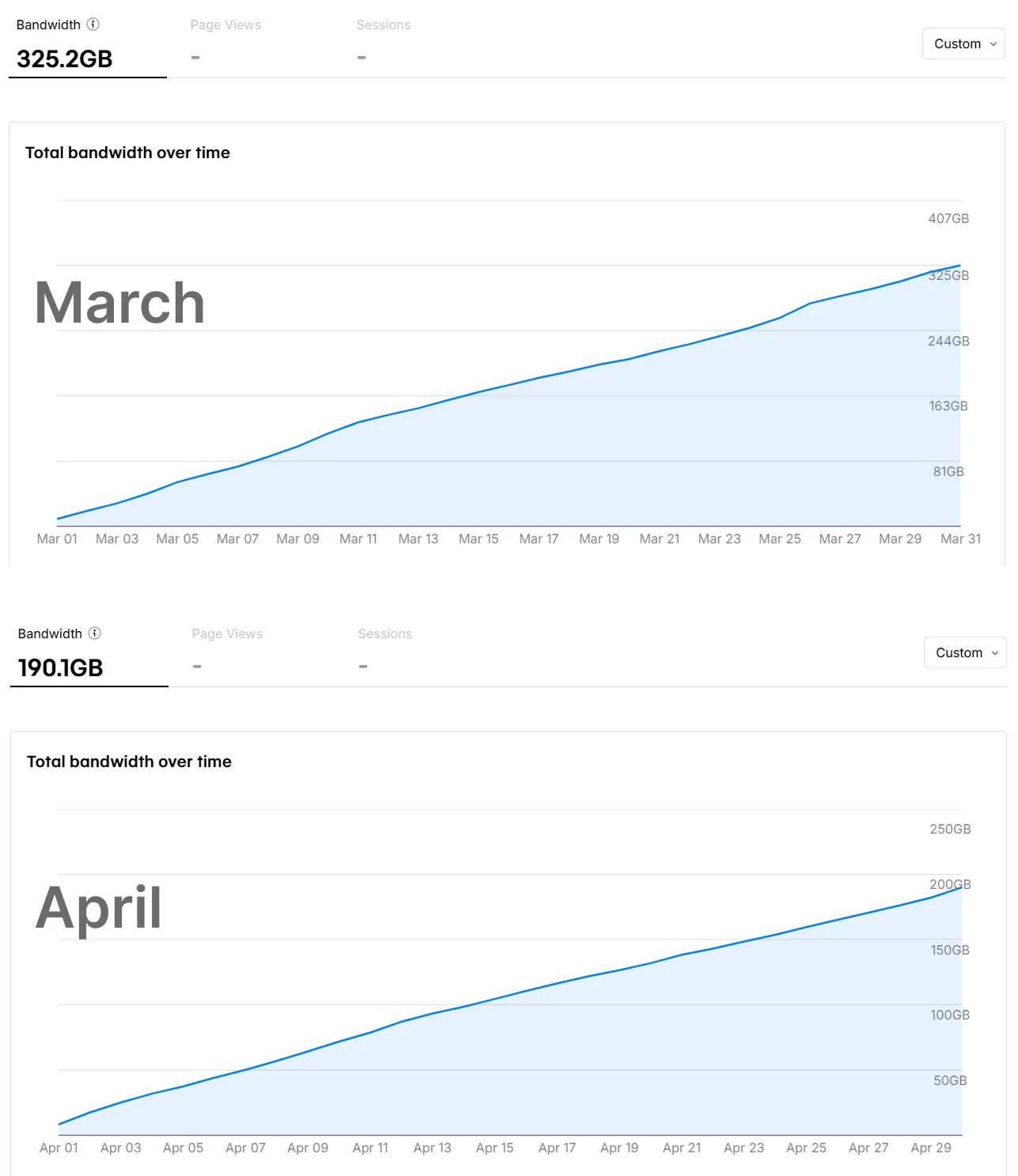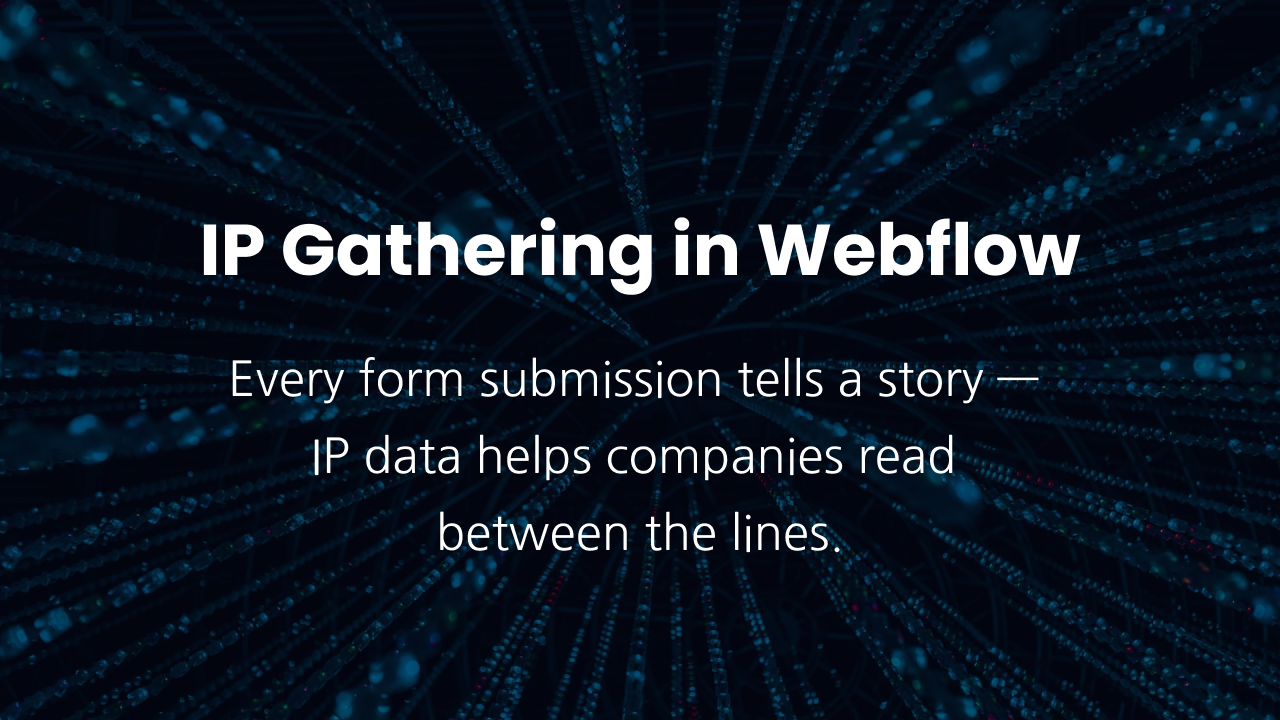How to take control over caching in Webflow?
Caching is the process of temporarily storing copies of website data—such as images, scripts, and other files—in a high-speed storage layer (called a cache). This allows future requests for the same data to be served much faster, either from a user’s device (browser cache), a network edge (CDN cache), or a server-side cache.
Why Is Caching Important for Websites?
- Speeds up loading: Cached content loads quickly for users, making websites faster.
- Reduces server load: Fewer direct requests to your server help it handle more visitors.
- Boosts SEO: Faster sites rank better on search engines.
- Improves reliability: Helps your site stay responsive during traffic spikes.
Caching is essential for any website wanting to deliver fast, reliable, and cost-effective digital experiences. By keeping frequently used data closer to your users, caching speeds up loading times, optimizes resources, and boosts both your site’s reputation and business performance.
How does Webflow caching work?
Webflow uses an integrated CDN (Content Delivery Network), specifically Cloudflare by default, to cache your website’s static files—including images, CSS, and JavaScript—across global edge servers. This ensures that visitors access fast-loading content from the server location nearest to them.
Every time you republish your site in Webflow, the system automatically purges its internal cache, so fresh content is delivered instantly on Webflow-hosted domains and subdomains.
Assets like images and scripts are served with long-lived cache headers for maximum speed and efficiency.
You cannot manually modify cache-control headers or set custom caching policies on Webflow’s native hosting. Caching behavior is managed entirely by Webflow.
“Webflow clears the cache every time the site is published, so the custom subdomain directly connected to the Webflow instance always serves the latest version of the site.
If you're seeing caching on a proxied domain, it's likely caused by it's proxy configuration, and our team unfortunately is limited in troubleshooting we can provide in that area per our customer support policy.
The cache-control header is not able to modified on hosted Webflow site, I apologize. Here's a list of all the available security headers: Webflow University - Custom Security Headers” - Webflow support responded to our ticket regarding caching issues that were caused by a third-party service.
How to Take Control Over Caching in Webflow
As stated earlier, Webflow automatically purges its cache whenever you publish updates, ensuring the Webflow-hosted domain always serves the latest content. This process is internal and cannot be manually triggered or customized. While this guarantees visitors see up-to-date content, it can temporarily impact site speed due to cache refresh delays. After a publish, until the CDN caches warm up with the new content, some visitors might experience slightly slower load times as fresh content is fetched from the origin server. But this impact is usually brief.
Reverse proxy and tools like Fastly
A reverse proxy acts as an intermediary server between users and your website’s origin servers. When combined with caching, it can significantly improve website performance and scalability by storing copies of frequently requested content closer to users. Here’s how caching can be optimized through a reverse proxy setup with tools like Fastly:
- Cache Static and Selectively Cache Dynamic Content
Reverse proxies cache static assets like images, CSS, and JavaScript to serve them quickly without hitting the origin server. For dynamic content, you can selectively cache pages or API responses that don’t change often, reducing load while keeping data fresh. - Use Smart Cache Invalidation and Purging
Efficient caching requires controlling when cached content is refreshed. Tools like Fastly support tag-based cache invalidation, soft purging, or event-driven cache busting, allowing you to invalidate only specific content when it changes, instead of clearing the entire cache. - Leverage HTTP Cache Headers Effectively
Reverse proxies depend on HTTP caching headers like Cache-Control, ETag, and Last-Modified to determine how long content should be cached and when it needs refreshing. Properly setting these headers at your origin server (or managing them via the proxy) ensures optimal cache behavior. - Protect Private and User-Specific Data
Avoid caching sensitive or personalized content to prevent users seeing the wrong data. Use Vary headers based on cookies or authentication status, and bypass caching for authenticated sessions to keep data secure. - Prevent Cache Stampede with Graceful Expiry
High-traffic sites sometimes face a "cache stampede," where many requests hit the origin simultaneously because a cached item expired. Features like "stale-while-revalidate" in Fastly allow serving slightly stale content while refreshing the cache in the background, ensuring stability under load. - Monitor Cache Performance and Hit Ratios
Use monitoring tools to track how often content is served from cache versus origin servers. High cache hit rates mean faster responses and reduced upstream load, while low rates may indicate caching misconfiguration. - Purge Cache Strategically
Purging stale content manually or automatically (e.g., via API calls upon content updates) helps keep cache fresh without sacrificing performance.
By implementing these caching optimization techniques with a reverse proxy and a CDN like Fastly, website owners can deliver faster, scalable, and more reliable user experiences while reducing server costs and load.
Proxying Webflow through Cloudflare
Cloudflare can be used as a reverse proxy in front of a Webflow site to overcome some of the inherent limitations of Webflow’s native hosting and caching setup. Cloudflare-Webflow integration method enhances Webflow sites by leveraging Cloudflare’s powerful CDN and edge computing features (like Workers), allowing more control over caching, security, and optimization while working around Webflow’s hosting limitations.
The site’s traffic is routed through Cloudflare’s network, which acts as an intermediary layer. This enables Cloudflare to apply its powerful CDN caching, optimization, and security features on content served from Webflow. Cloudflare’s image resizing and WebP conversion capabilities are utilized by rewriting image URLs through a Worker, enhancing performance by delivering optimized images closer to users. DNS is configured to point to Webflow’s non-SSL endpoints, and Cloudflare is set to proxy the traffic (orange cloud). This arrangement ensures that the traffic is routed securely and efficiently through Cloudflare, benefiting from Cloudflare’s caching and security features.
Challenges and Considerations When Using Cloudflare with Webflow
- SSL conflicts arise because Webflow can’t renew certificates properly when Cloudflare proxying is on, requiring SSL to be disabled on Webflow.
- Sitemap URLs show as HTTP, needing extra URL rewriting via Cloudflare Workers for SEO.
At Rapid Fire, we have experience implementing solutions like this for our clients. Contact us to book a consultation.

Summary
Optimizing caching is essential for delivering fast, reliable, and scalable websites. While Webflow provides automatic cache clearing and a built-in CDN to ensure fresh content, complex setups involving external CDNs or reverse proxies like Fastly and Cloudflare require careful coordination to avoid outdated content and performance issues. Using reverse proxies and advanced tools such as Cloudflare Workers can unlock powerful caching, security, and optimization benefits—but also bring technical challenges, especially around SSL, asset delivery, and cache management.
By understanding the limits of Webflow’s native caching and strategically configuring external caching layers, website owners can achieve greater control and improved performance while maintaining SEO integrity. Whether through custom proxy configurations or leveraging Cloudflare’s edge capabilities, a thoughtful caching strategy helps you serve the best possible experience to your visitors.
Do you need help with your Webflow website?
Subscribe
Get the latest on our services and Webflow—we’ll only send a newsletter when there’s something worth your time!






